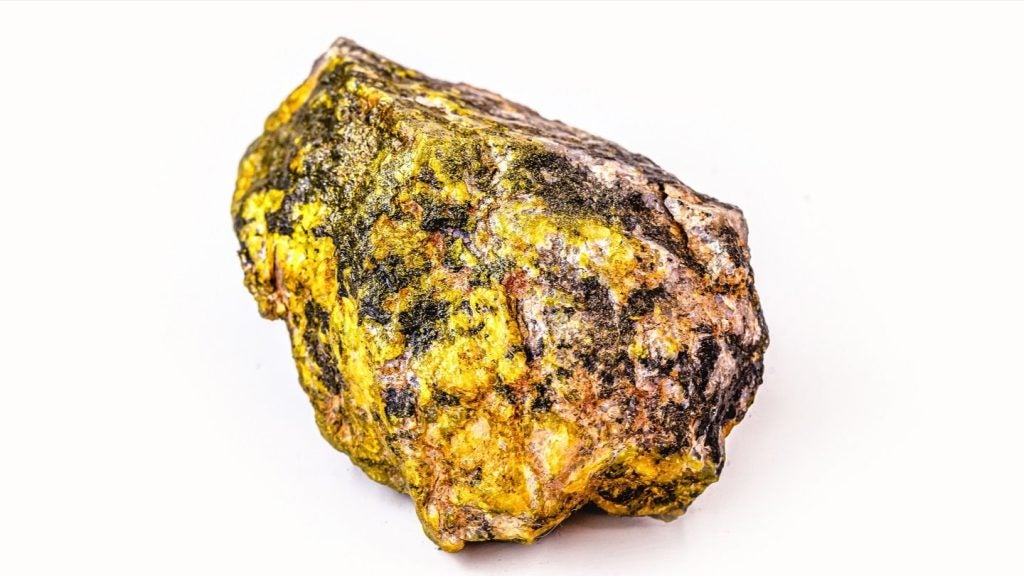The gold price in China surged this month, at times reaching a record premium over international prices of more than $100. Over the past decade, the Shanghai premium has averaged less than $6. The price increase has been caused by a response to the challenging economic conditions in China.
Rory Green, chief China economist at GlobalData TS Lombard, said: “The main factor driving higher gold prices in China is weak consumer sentiment. Households are still deeply scarred by the combined shocks of covid-19, the property slump and regulatory shocks of the past few years. With the economy in a post-Covid hangover, individuals are investing in gold as a safe asset. Precious metals also have the added benefit of providing a hedge against a weaker currency.”
Investment in gold as a safety strategy marks a change in behaviour from earlier in the year when consumers opted to hold cash in response to the uncertain economy.
Ray Jia, senior analyst at the China World Gold Council, said the price rise is also caused by the scarcity of gold in China and import costs. During the pandemic, 60% of the country’s gold came from imports as domestic production did not fulfil demand. In August 2023, China stopped granting quotas to banks for international gold imports to dissuade a rush in purchasing hedges against a weaker domestic currency. This further constricted the supply of gold, causing the price to rise.
The World Gold Council said: “Improving gold demand and relatively tepid imports in recent months may have led to local demand and supply conditions tightening, pushing up the local gold price premium.”
Chinese regulators claim that the gold import ban has prevented the Yuan from further depreciation as a potential gold buying frenzy in dollars would cause further capital outflows, putting the domestic currency under pressure.















